Worst Sustainable Forestry Myths You Need to Stop Believing
- August 8, 2024
- 0 comment
Worst Sustainable forestry is crucial for maintaining the health and longevity of our forests, yet several persistent myths continue to undermine its value and implementation. One common misconception is that sustainable forestry equates to no logging, which falsely suggests that any tree-cutting is harmful. In reality, sustainable forestry involves carefully planned and selective logging practices that support forest regeneration and biodiversity. Another myth is that sustainable forestry is prohibitively expensive, ignoring the long-term cost savings and economic benefits derived from maintaining healthy, productive forests. Additionally, some believe that only untouched, pristine forests are valuable, failing to recognize the vital ecosystem services provided by managed forests, such as carbon sequestration, water regulation, and soil stabilization.
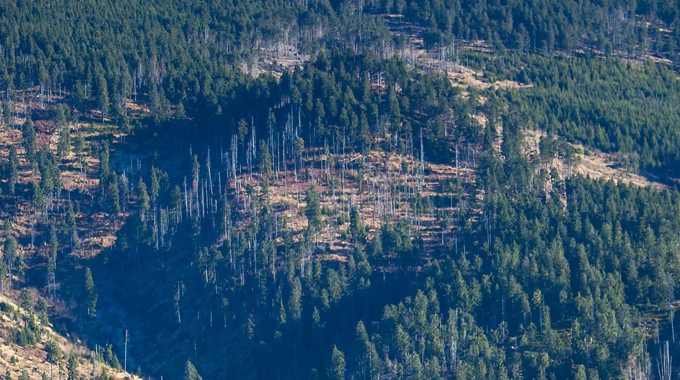
There is also a misconception that sustainable forestry solely benefits the environment, overlooking the significant economic and social advantages it brings, including job creation, community support, and market value enhancements. Lastly, the notion that sustainable forestry is impractical for large-scale operations is debunked by numerous success stories worldwide, demonstrating that advanced techniques and technologies can efficiently support sustainable practices on a grand scale. By dispelling these myths, we can better appreciate and implement sustainable forestry, ensuring the preservation and prosperity of our forests for future generations.
List of Worst Sustainable Forestry Myths
- Sustainable Forestry Means No Logging
- Sustainable Forestry is Too Expensive
- Only Pristine Forests are Valuable
- Sustainable Forestry Only Benefits the Environment
- Sustainable Forestry is Impractical for Large-Scale Operations
Sustainable Forestry Means No Logging
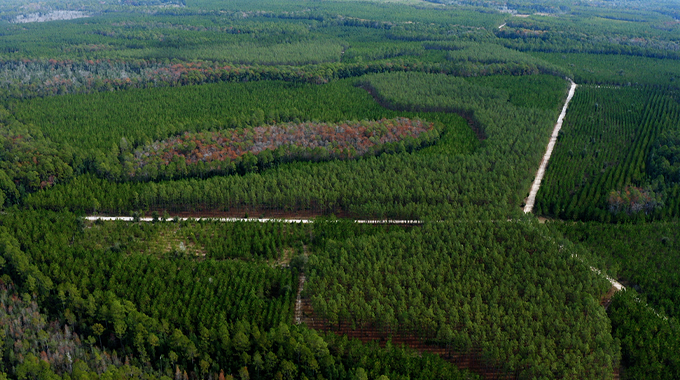
Explanation of Sustainable Logging Practices
One of the most pervasive myths about sustainable forestry is the notion that it equates to no logging whatsoever. This misconception stems from a misunderstanding of what sustainable forestry truly entails. In reality, sustainable forestry involves the careful and deliberate management of forest resources to ensure long-term ecological balance, economic viability, and social benefits. Sustainable logging practices are a crucial component of this management strategy.
Sustainable logging, also known as selective logging, focuses on the selective removal of trees based on specific criteria. These criteria include the health of the tree, its age, and its impact on the surrounding ecosystem. Rather than clear-cutting large swaths of forest, which can lead to habitat destruction and soil erosion, sustainable logging aims to minimize environmental impact. By selecting only certain trees for harvest, foresters can maintain the overall structure and diversity of the forest.
Benefits of Planned Harvesting for Forest Health
Planned harvesting under sustainable logging practices offers numerous benefits for forest health. One of the primary advantages is the promotion of forest regeneration. By selectively removing mature or diseased trees, sunlight can reach the forest floor, encouraging the growth of young saplings and a diverse understory. This natural regeneration process helps maintain a balanced age structure within the forest, which is crucial for its long-term sustainability.
Moreover, planned harvesting helps in controlling pest populations and preventing the spread of diseases. By removing infected trees, foresters can reduce the risk of outbreaks that could otherwise decimate large areas of the forest. This proactive approach contributes to the overall resilience of the forest ecosystem, making it better equipped to withstand environmental stressors such as climate change.
Sustainable Forestry is Too Expensive
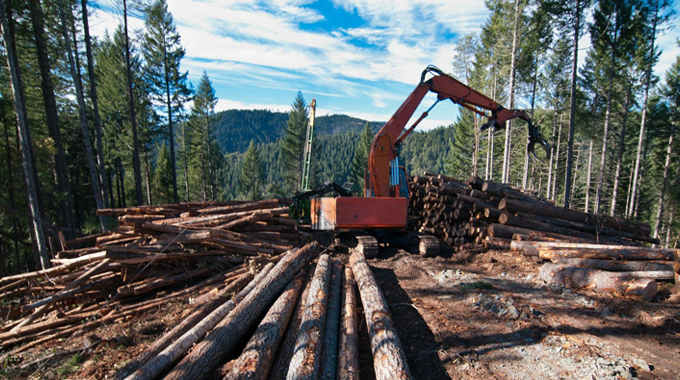
Cost Analysis of Sustainable vs. Unsustainable Practices
A common myth surrounding sustainable forestry is that it is prohibitively expensive, making it impractical for many forestry operations. However, this perception often overlooks the comprehensive cost analysis that compares sustainable and unsustainable practices.
Unsustainable forestry practices, such as clear-cutting, might appear cheaper initially due to lower upfront costs and quicker returns on timber sales. However, these practices can lead to significant hidden costs. Clear-cutting often results in severe soil erosion, loss of biodiversity, and disruption of water cycles, which can degrade the land’s productivity over time. These environmental damages require costly remediation efforts, such as replanting trees, restoring habitats, and addressing water quality issues.
Long-Term Economic Benefits of Sustainable Forestry
While sustainable forestry may have higher upfront costs, the long-term economic benefits far outweigh these initial investments. One of the most significant advantages is the continuous productivity of sustainably managed forests. By ensuring the health and resilience of the forest ecosystem, sustainable practices enable ongoing timber production without depleting resources. This sustained yield approach ensures a steady supply of timber and other forest products, providing reliable income for forest owners and local communities.
Sustainable forestry also enhances the market value of forest products. Increasingly, consumers and businesses are prioritizing environmentally responsible products, leading to a growing demand for sustainably sourced timber. Certifications such as the Forest Stewardship Council (FSC) label provide assurance to buyers that the timber comes from responsibly managed forests, often commanding premium prices in the market.
Only Pristine Forests are Valuable
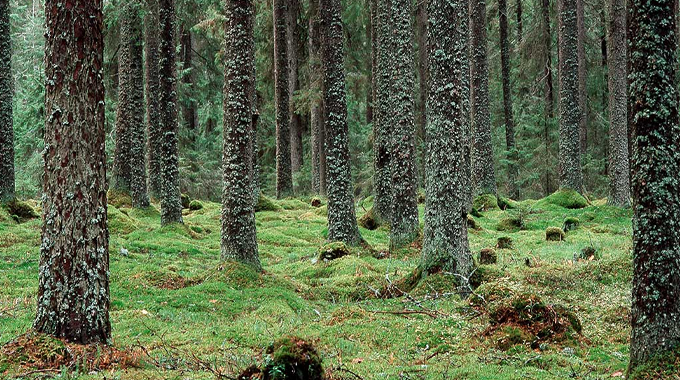
Value of Managed Forests in Ecosystem Services
The belief that only pristine, untouched forests hold value is a widespread misconception that undermines the importance of managed forests. While pristine forests are undoubtedly crucial for biodiversity and ecological balance, managed forests also provide significant ecosystem services that are vital for environmental health and human well-being.
Managed forests, through sustainable forestry practices, offer a range of ecosystem services similar to those of pristine forests. These services include carbon sequestration, water regulation, soil stabilization, and the provision of habitat for wildlife. By absorbing and storing carbon dioxide, managed forests help mitigate climate change, making them essential in the fight against global warming. Additionally, they play a critical role in maintaining water quality by filtering pollutants and regulating water flow, thereby preventing floods and ensuring a steady supply of clean water.
Role of Sustainable Forestry in Preserving Biodiversity
Sustainable forestry plays a pivotal role in preserving biodiversity, challenging the myth that only untouched forests are valuable. By implementing practices that mimic natural processes, sustainable forestry ensures that forests remain vibrant ecosystems capable of supporting a wide range of species.
One of the primary methods sustainable forestry uses to preserve biodiversity is selective logging. This practice involves carefully choosing which trees to harvest based on their age, health, and impact on the surrounding environment. By doing so, foresters can create gaps in the canopy that allow sunlight to reach the forest floor, promoting the growth of diverse plant species. These diverse plants, in turn, provide food and habitat for various wildlife species, maintaining a balanced and healthy ecosystem.
Sustainable Forestry Only Benefits the Environment
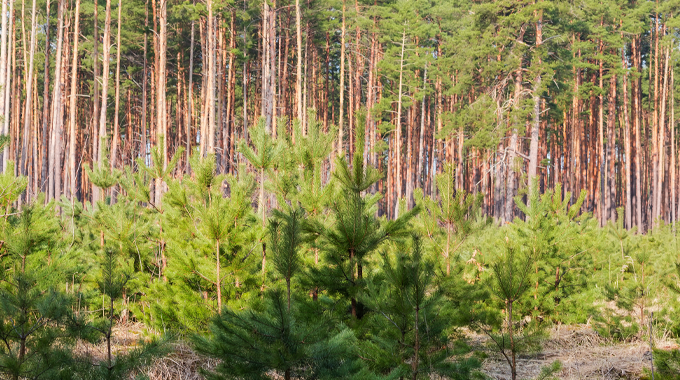
Economic and Social Benefits of Sustainable Practices
A prevalent myth about sustainable forestry is that it only benefits the environment, overlooking the significant economic and social advantages it provides. In reality, sustainable forestry practices are designed to create a harmonious balance between ecological health, economic viability, and social well-being.
Economically, sustainable forestry practices ensure the long-term productivity of forests, which translates into a steady supply of timber and non-timber products. This sustained yield approach is crucial for industries that rely on forest resources, providing them with a consistent and reliable source of raw materials. By avoiding the boom-and-bust cycles associated with unsustainable logging, sustainable forestry practices contribute to the stability of local and global markets.
Examples of Local Community Support and Industry Benefits
The benefits of sustainable forestry extend beyond economic gains to include substantial social advantages, particularly for local communities and industries. One striking example is the employment opportunities created by sustainable forestry. Unlike clear-cutting, which often employs short-term labor for rapid logging, sustainable forestry practices require a continuous workforce for activities such as monitoring, selective logging, replanting, and habitat restoration. This ongoing need for skilled labor helps create stable, long-term jobs in rural areas, reducing unemployment and supporting local economies.
Local communities also benefit from the ecosystem services provided by sustainably managed forests. Healthy forests contribute to clean air and water, climate regulation, and soil fertility, all of which are essential for agriculture and other local industries. By maintaining these ecosystem services, sustainable forestry helps ensure the overall well-being and quality of life for community members.
Sustainable Forestry is Impractical for Large-Scale Operations
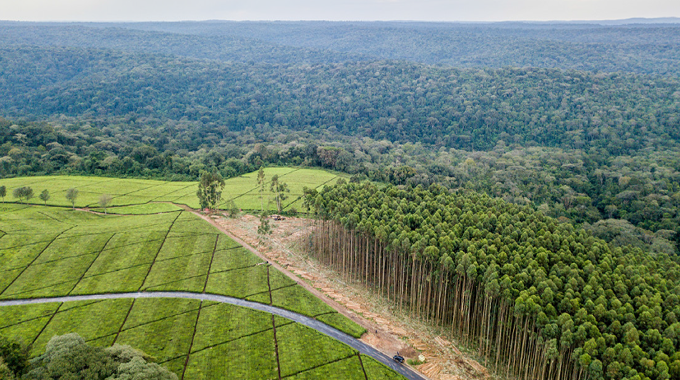
Success Stories of Large-Scale Sustainable Forestry
The myth that sustainable forestry is impractical for large-scale operations is increasingly being debunked by numerous success stories around the world. These examples demonstrate that it is not only possible but also beneficial to implement sustainable practices on a large scale, ensuring the health of forests while meeting industrial demands.
One notable example is the Finnish forestry model. Finland has successfully managed its extensive forest resources through sustainable practices that balance economic, social, and environmental objectives. The country employs a mix of selective logging, clear-cutting in small, carefully planned patches, and continuous cover forestry, which allows forests to regenerate naturally. This approach has ensured a steady supply of timber while maintaining biodiversity and ecosystem services. Finland’s forestry sector continues to thrive, contributing significantly to the national economy and providing jobs for thousands of people.
Techniques and Technologies that Support Large-Scale Sustainability
Implementing sustainable forestry on a large scale requires a combination of advanced techniques and innovative technologies that enhance efficiency and minimize environmental impact. Several methods and tools are now available to support large-scale sustainability in the forestry sector.
One such technique is precision forestry, which uses data from remote sensing, drones, and satellite imagery to monitor forest conditions and plan logging activities with high accuracy. This technology allows foresters to identify the best areas for harvesting, assess the health of the forest, and detect any signs of disease or pest infestations early on. By optimizing the timing and location of logging operations, precision forestry reduces waste and environmental impact.
Frequently Asked Questions (FAQs)
- What is the biggest myth about sustainable forestry?
One of the most prevalent myths is that sustainable forestry means no logging at all. This misconception suggests that any form of tree cutting is detrimental to the environment, ignoring the fact that sustainable logging practices are designed to promote forest health and regeneration. - Why do people think sustainable forestry is too expensive?
Many believe that sustainable forestry involves high upfront costs due to meticulous planning, selective logging, and conservation efforts. However, they often overlook the long-term economic benefits and cost savings associated with healthy, resilient forests that sustainably produce resources and ecosystem services. - Are managed forests less valuable than pristine forests?
No, managed forests are highly valuable. They provide essential ecosystem services such as carbon sequestration, water regulation, and soil stabilization, while also supporting biodiversity. Managed forests can balance resource extraction with conservation, making them critical for both ecological health and human needs. - Does sustainable forestry only benefit the environment?
Sustainable forestry offers extensive economic and social benefits. It ensures a steady supply of forest products, supports local economies, and creates long-term employment opportunities. Additionally, sustainable practices enhance market value and meet regulatory requirements, benefiting industries and communities alike. - Is sustainable forestry impractical for large-scale operations?
Contrary to this myth, sustainable forestry is feasible on a large scale. Success stories from countries like Finland and Canada demonstrate effective large-scale sustainable management. Advanced techniques such as precision forestry, GIS, and sustainable certification schemes support the efficient and responsible management of vast forest areas. - How does sustainable logging work?
Sustainable logging, or selective logging, involves carefully choosing which trees to harvest based on criteria like age, health, and environmental impact. This method maintains forest structure and diversity, promotes regeneration, and minimizes ecological damage, ensuring long-term forest productivity. - Can sustainable forestry practices combat climate change?
Yes, sustainable forestry plays a significant role in combating climate change by promoting carbon sequestration and reducing greenhouse gas emissions. Healthy, well-managed forests absorb and store carbon dioxide, contributing to global efforts to mitigate climate change. - What role do local communities play in sustainable forestry?
Local communities are integral to sustainable forestry. Community-based management allows residents to participate in decision-making, ensuring practices are socially and culturally appropriate. This involvement fosters community ownership, supports local economies, and enhances the effectiveness of sustainable forestry initiatives.

Gilbert Griffin
Forestry AuthorGilbert Griffin is a forest management expert specializing in sustainable practices, forest health, conservation, and land management. With extensive knowledge in pest control, disease management, and habitat restoration, Gilbert develops strategies to preserve forest ecosystems and biodiversity. Passionate about the natural world, Gilbert adapts to changes in forest management and stays updated through continuous learning. Gilbert also provides seasonal advice to optimize forest care throughout the year.

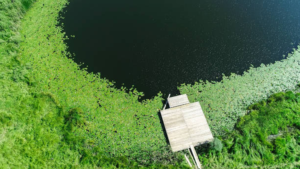
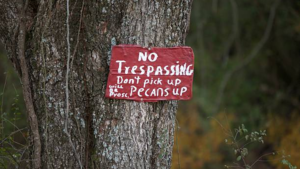
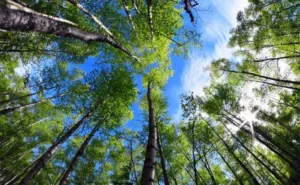
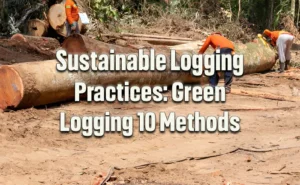
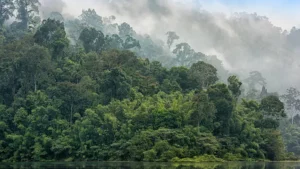
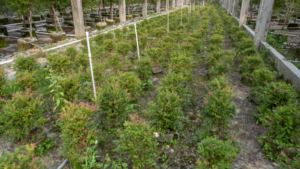
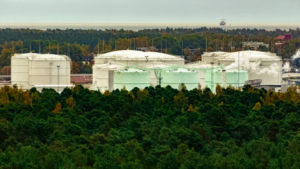
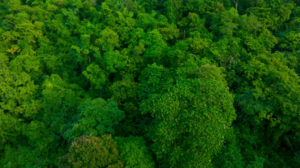
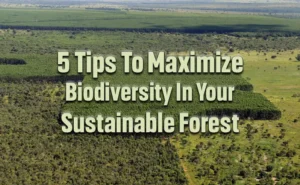

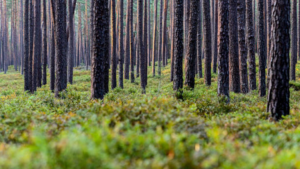
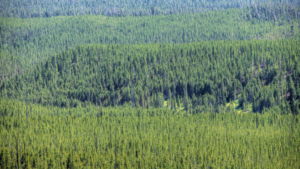
Leave your comment